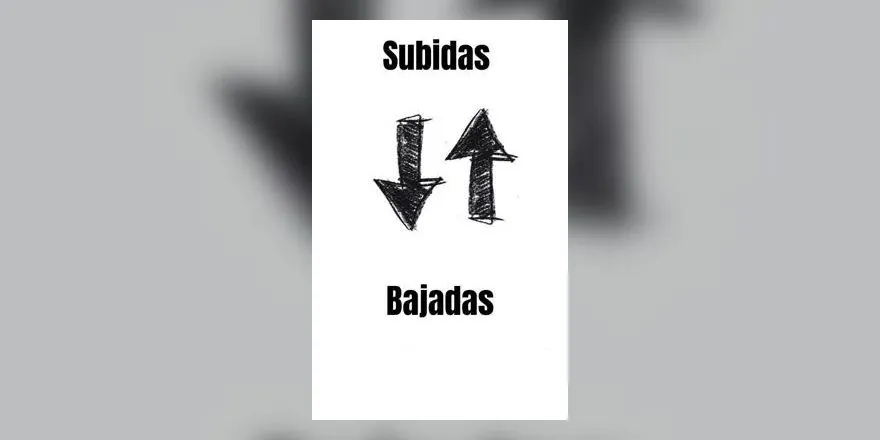Forgive my ignorance, but a few months ago I debuted in the DBT1 .....
It is normal that sometimes when we eat, according to what type of food are made high peaks, for example 236 (still under the effects of insulin and that this at 2 hours you lower it)?
Sometimes it happens to me and I get very nervous, and since I do not want to take it badly, I tend to withdraw that food from my edible list.
It also happens to you that some food like pasta goes up to you a lot if you eat it at noon, but instead if you eat it for dinner, nothing goes up to you?
They are things that I don't just understand, but I have it proven ...
Thank you very much for the work you do, especially with beginners.
No signature configured, add it on your user's profile.
@Cassie, the best thing is what they check each.Insulins are different or can take different effect depending on the hours, so it may be that the pasta feels good at night and not for the day.
If you check that a meal goes up a lot, you can try to put the insulin a time before or to raise the fast dose, depending on how you see the beak.
With the learning sensor a lot.
Hija de 35 años , diabética desde los 5. Glico: normalmente de 6 , pero 6,7 la última ( 6,2 marcaba el Free)
Fiasp: 4- 4- 3 Toujeo: 20
Yes, it's normal.
Food absorption speed is not the same as insulin;That is why they tell you to put the insulin about 20 minutes before eating, but it is not true.Each person has a rhythm, each food is different and according to the time of day and the hormones everything changes as you are checking.
In my person, in the morning I need insulin long before breakfast, 60 min before matching my abortion and avoiding the peak, to eat about 20-30 min and for dinner just when I have the plate on the table.
It is proof and error.
If you eat pasta or potatoes or in general high glycemic index foods, you will have a safe peak because they quickly go to carbohydrates and insulin has not yet begun to take effect.There are food tables with the amount of hydrates every 100g and its glycemic index.
Lada enero 2015.
Uso Toujeo y Novorapid.
regina said:
@casssie, the best thing is what each one checks.Insulins are different or can take different effect depending on the hours, so it may be that the pasta feels good at night and not for the day.
If you check that a meal goes up a lot, you can try to put the insulin a time before or to raise the fast dose, depending on how you see the beak.
With the learner sensor a lot.
At the moment, as I am so inexperienced, I have chosen to leave the pasta for the night and move from it at noon ... I do not dare to play with the doses ... I listen to the bowling that the application x ch
No signature configured, add it on your user's profile.
@Cassie, in the morning the body has some insulin resistance, more insulin is needed and takes longer to take effect.That is why although you diminish your needs, they are different.In the snack, the basal is able to metabolize the food, but at breakfast the fast insulin takes to take effect and you will have a peak until "it works."
I spend months of probatines and talking to the endocrine.In the end, or put the insulin 60 min before and had breakfast when I saw that the arrow said that I was starting to go down or looked at a peak of 220 because my body is hungry to start the day and insulin is lazy at that time :)
Now I wait only 10 min because I don't have breakfast hydrates, I changed to soybean drink and protein bread, insulin still takes 60 min, but not eating hydrates I do not make peaks.
The peaks are not serious, which affects more is variability, that is, having many peaks in a row.It is better to be 5 hours at 200mg/dl than to have for 5 hours up and down, 200-90, 175-80, 190-96 and so on.
If you enter your Libreview, Abbott's website where your doctor sees your sensor's data, at AGP you can see the variability.If you use Diabox, it is the GVI index.
Lada enero 2015.
Uso Toujeo y Novorapid.




